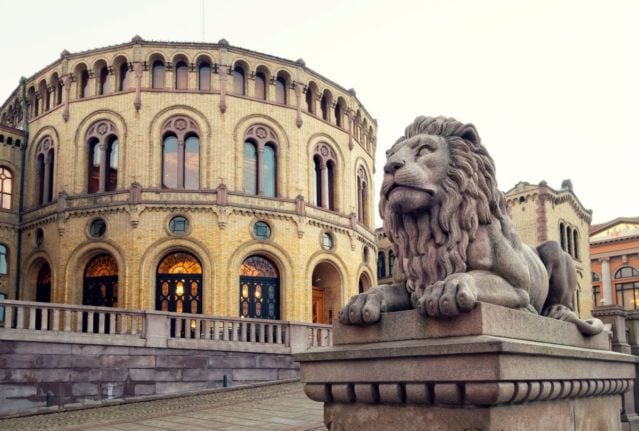“We agree that we disagree,” Roger Klokset, from the Norwegian pilots’ union, said at lunchtime outside the headquarters of the Confederation of Swedish Enterprise in Stockholm, where talks are taking place. “We are still working to find a solution, and so long as there is still some point in continuing negotiations, we will do that.”
Mats Ruland, a mediator for the Norwegian government, said that there were “still several difficult issues which need to be solved”.
At 1pm on Friday, the two sides took a short break from the talks for lunch, after starting at 9am. On Thursday, they negotiated for 15 hours, breaking off at 1am on Friday morning.
READ ALSO: What’s the latest on the SAS plane strike?
Marianne Hernæs, SAS’s negotiator on Friday told journalists she was tired after sitting at the negotiating table long into the night.
“We need to find a model where we can meet in the middle and which can ensure that we pull in the income that we are dependent on,” she said.
Klokset said that there was “a good atmosphere” in the talks, and that the unions were sticking together to represent their members.
“I think we’ve been extremely flexible so far. It’s ‘out of this world’,’ said Henrik Thyregod, with the Danish pilots’ union.
“This could have been solved back in December if SAS had not made unreasonable demands on the pilots,” Klokset added.
The strike, which is now in its 12th day, has cost SAS up to 130m kronor a day, with 2,550 flights cancelled by Thursday, affecting 270,000 passengers.



 Please whitelist us to continue reading.
Please whitelist us to continue reading.
Member comments